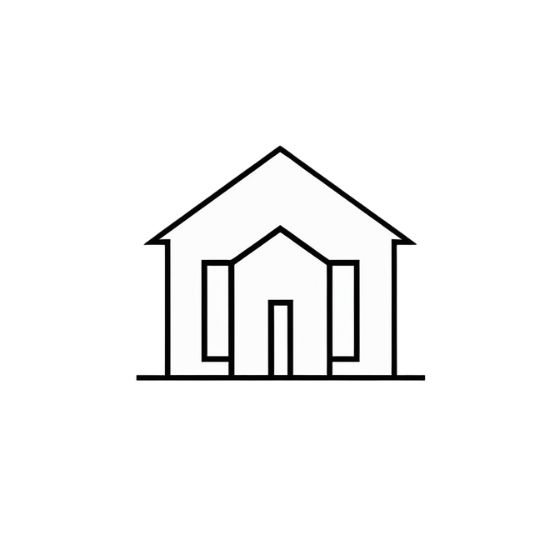Professional Mold Remediation Services
Safe, effective mold removal using industry-leading protocols to protect your family's health and prevent future mold growth in your Midlothian property.
Understanding Mold Growth After Water Damage
Mold spores exist naturally in the environment, but they remain dormant until they encounter the right conditions for growth. Water damage creates the perfect environment for mold colonization: moisture, organic materials to feed on, and often warm temperatures. Once established, mold colonies can release thousands of spores into your indoor air, potentially causing health issues and structural damage. Understanding the complete water damage restoration process is crucial for preventing mold growth.
Fact: Mold can begin growing on wet surfaces within 24-48 hours of water exposure. Once visible mold appears, the colony has already established an extensive root system called mycelia that penetrates deep into porous materials, making complete removal more challenging and expensive.
The key to preventing extensive mold problems lies in rapid water damage response and thorough drying. However, when mold growth has already occurred, professional remediation becomes necessary to safely remove contamination and restore healthy indoor air quality.
Professional Mold Inspection and Assessment
Effective mold remediation begins with a thorough inspection to determine the extent of contamination and identify the moisture source that enabled mold growth. Our certified mold inspectors use specialized equipment including moisture meters, thermal imaging cameras, and air sampling devices to locate both visible and hidden mold colonies.
We develop a detailed remediation plan based on the type of mold present, the extent of contamination, and the materials affected. Different mold species require different removal techniques, and some materials may need complete replacement while others can be successfully cleaned and restored.
Containment and Safety Protocols
Mold remediation work can release large numbers of spores into the air if not properly contained. We establish physical barriers using plastic sheeting and negative air pressure systems to prevent cross-contamination of unaffected areas. Our technicians wear appropriate personal protective equipment and follow strict protocols to protect both workers and occupants.
Fact: Professional containment can reduce airborne spore levels by 99% compared to uncontained mold removal attempts. This dramatic difference protects your family's health and prevents mold contamination from spreading throughout your property during the remediation process.
Safe Mold Removal Techniques
Mold removal techniques vary depending on the surface affected and the extent of contamination. Non-porous surfaces like metal and glass can often be cleaned with appropriate antimicrobial solutions. Porous materials like drywall and insulation may require complete removal and replacement if contamination is extensive.
We use HEPA vacuums specifically designed for mold remediation to capture spores and prevent their release during the removal process. All contaminated materials are double-bagged and disposed of according to local regulations to prevent spreading contamination beyond your property.
Air Filtration and Purification
During and after mold removal, we use industrial-grade HEPA air filtration systems to capture airborne spores and other contaminants. These systems create negative air pressure in work areas and filter the air multiple times per hour to ensure spore levels are reduced to acceptable levels.
Post-remediation air testing verifies that spore levels have returned to normal ranges comparable to outdoor air. This testing provides scientific proof that remediation has been successful and your indoor environment is safe for reoccupancy.
Moisture Control and Prevention
Successful mold remediation must address the underlying moisture problem that allowed mold growth in the first place. We identify and correct moisture sources such as leaks, inadequate ventilation, or humidity problems. Without moisture control, mold will likely return even after thorough removal.
Fact: Mold spores are virtually impossible to eliminate completely from indoor environments, but they won't grow without adequate moisture. Maintaining indoor humidity below 60% and quickly addressing water intrusion prevents mold colonization even when spores are present.
Health Considerations and Indoor Air Quality
Mold exposure can cause various health symptoms, particularly for individuals with allergies, asthma, or compromised immune systems. Common symptoms include respiratory irritation, skin reactions, and eye irritation. Some mold species produce mycotoxins that can cause more severe health effects with prolonged exposure.
Our remediation process prioritizes health protection by minimizing exposure during removal and ensuring complete elimination of contamination. We provide guidance on health precautions during remediation and recommendations for maintaining healthy indoor air quality after work is complete.
Signs You Need Mold Remediation
Visible Mold Growth
Black, green, or white patches on surfaces
Musty Odors
Persistent earthy or damp smells
Health Symptoms
Respiratory issues, allergies, skin irritation
